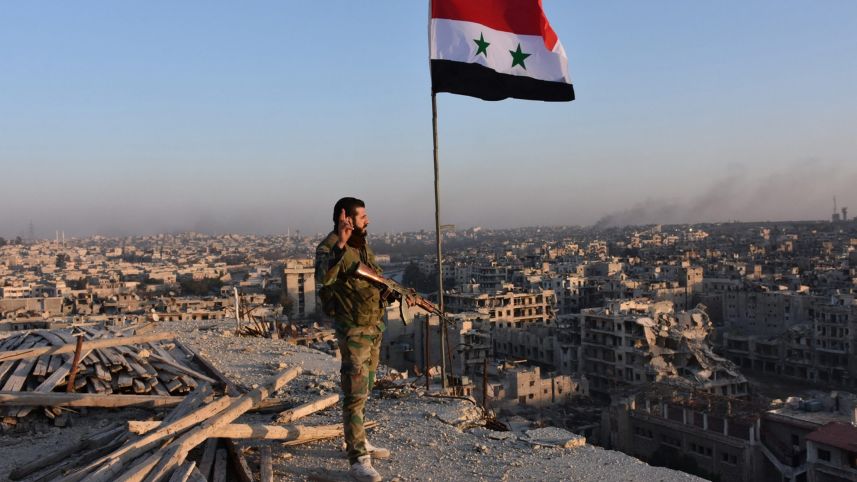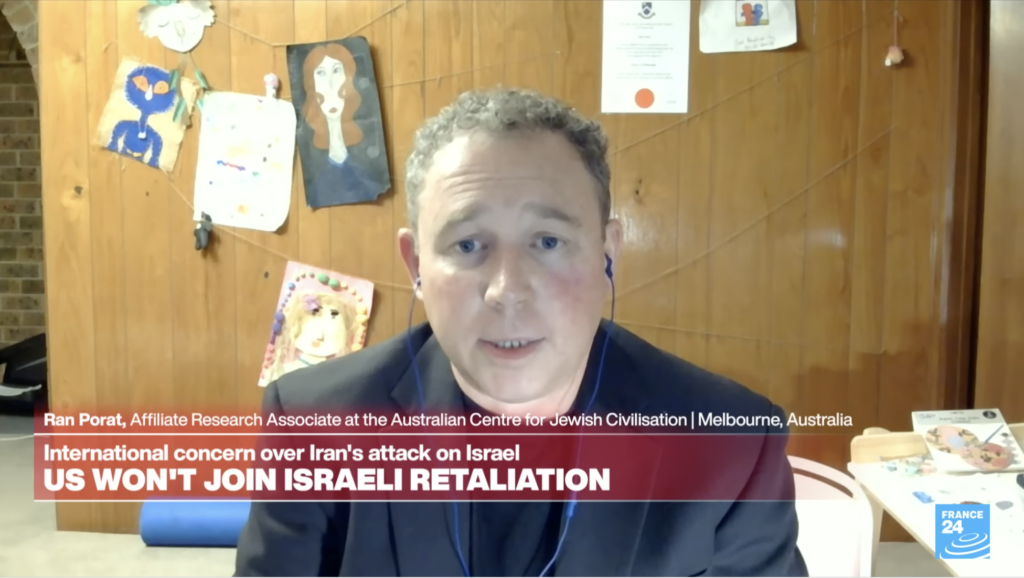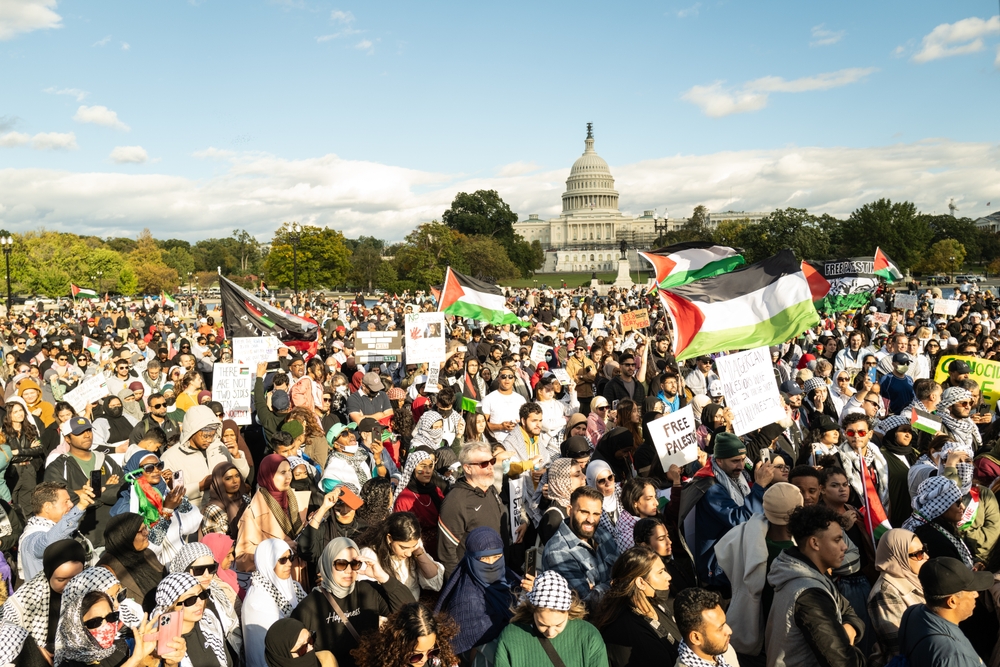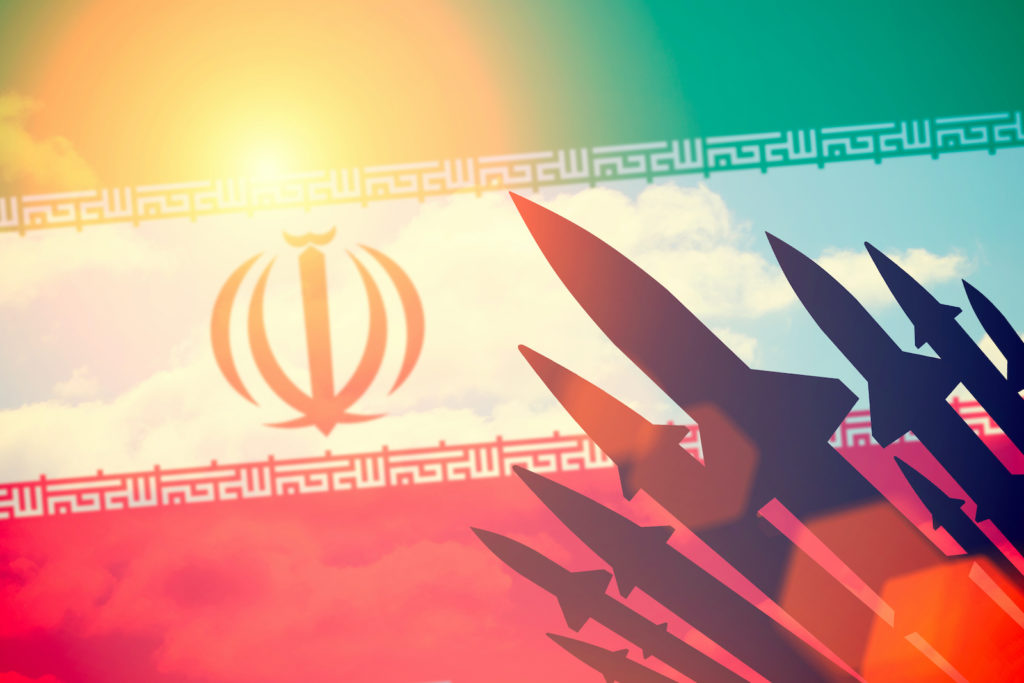Article 2
Trump’s Post-Aleppo Reality
Jonathan S. Tobin
Commentary “Contentions”, Dec. 1, 2016

A Syrian boy sittiing next to bodies after artillery fire struck Aleppo on Wednesday. (Syrian Civil Defense White Helmets via AP)
What may turn out to be the last days of the siege of Aleppo have illustrated the brutal nature of the Assad regime’s successful effort to hold on to power. Having demanded that the people of the rebel-controlled city leave, Assad joined with his Hezbollah, Iranian, and Russian allies to seek its capture. Syrian government artillery then fired upon a group of refugee families attempting to flee–killing at least 45.
Even though the bloodshed in that tortured city is far greater than in Gaza in 2014, there will be no mass protests about Aleppo in Europe, as there were when Israel sought to end Hamas’s missile launches. The world is largely unconcerned with the slaughter in Syria, which has already taken hundreds of thousands of lives. Public opinion both internationally and in the United States now appears to be coming to terms with the likelihood that Assad is about to win the civil war.
The imminent fall of Aleppo won’t end all fighting in Syria. Rebels will carry on their struggle outside of the cities they’ve lost. The half-hearted campaign against the ISIS caliphate in the eastern part of the country will also continue. But it’s clear that President Obama’s forlorn hope that the civil war would end with a political settlement that leads to Assad’s ouster was a pipe dream. Assad’s hold on power in Damascus and control of much of Syria, if not all of it, is a given. The future of the country will be determined by his Russian and Iranian patrons. The only question now is what will be the attitude of the United States toward a Middle East in which the Iranian quest for regional hegemony, co-sponsored by Russia, continues to prosper?
If you take seriously what Donald Trump said during the presidential campaign, the answer is indifference. Trump repeatedly said that he saw no reason for conflict with Russia regarding Syria and actually hoped to cooperate with both countries in the fight against ISIS. There are a number of problems with this idea. Russia’s priority is to secure control over its Mediterranean bases in Syria, not fighting the Islamic state. Moreover, the notion of a common goal in Syria runs up against the fact that, along with Assad (who gets to survive) and Vladimir Putin (who gets a leg up toward his long-term goal of reassembling the old Soviet empire), the main beneficiary of the new reality in Syria is Iran. If Trump is serious about beating ISIS, preventing Tehran from exploiting a weak nuclear deal with the West, and preventing it from continuing to make mischief in the region, he won’t do it by getting into bed with Iran’s Russian partners.
Indeed, the survival of Assad and the ascendance of Iranian influence more or less guarantees that ISIS will retain the support of Sunni Muslims in Syria who see the terrorist group as their only defense against the depredations of Assad’s Alawite minority as well as Iranian-backed Shia forces. Far from solving the problems of the region, the growing strength of the Iranian axis of terror, which now stretches from Iraq to Syria and into Lebanon, ensures that the Islamist threat will not be stamped out by great power cooperation. Rather, it will metastasize.
Acquiescence to this state of affairs is in tune with the war-weariness of the American people, who weren’t appalled by Trump’s neo-isolationist stance. It is, however, a guarantee that American influence will shrink in a Middle East dominated by Russia and Iran, while Israel and moderate Arab states look in vain to Washington for leadership. It is also likely to lead to more terrorist hot spots. Trump’s rhetoric about “kicking ISIS’s ass” won’t resolve any of this.
That’s why it’s encouraging that, with the possible exception of Senator Bob Corker, all of the serious candidates for secretary of state are men who understand that President Obama’s willingness to punt control of Syria to Russia was a mistake and who believe in a strong internationalist foreign policy. Trump’s belief that he can do a deal with Putin that won’t damage U.S. interests is a fantasy since another goal of Russian foreign policy is to diminish U.S. influence and that of its allies.
After the failures of the last two administrations, finding a new path in the Middle East won’t be easy. If Trump doesn’t wish to avoid further disasters, he should listen to some of the people he is considering for the State Department and begin plotting a Middle East policy that is not predicated on appeasing either Putin or Iran.
What may turn out to be the last days of the siege of Aleppo have illustrated the brutal nature of the Assad regime’s successful effort to hold on to power. Having demanded that the people of the rebel-controlled city leave, Assad joined with his Hezbollah, Iranian, and Russian allies to seek its capture. Syrian government artillery then fired upon a group of refugee families attempting to flee–killing at least 45.
Even though the bloodshed in that tortured city is far greater than in Gaza in 2014, there will be no mass protests about Aleppo in Europe, as there were when Israel sought to end Hamas’s missile launches. The world is largely unconcerned with the slaughter in Syria, which has already taken hundreds of thousands of lives. Public opinion both internationally and in the United States now appears to be coming to terms with the likelihood that Assad is about to win the civil war.
The imminent fall of Aleppo won’t end all fighting in Syria. Rebels will carry on their struggle outside of the cities they’ve lost. The half-hearted campaign against the ISIS caliphate in the eastern part of the country will also continue. But it’s clear that President Obama’s forlorn hope that the civil war would end with a political settlement that leads to Assad’s ouster was a pipe dream. Assad’s hold on power in Damascus and control of much of Syria, if not all of it, is a given. The future of the country will be determined by his Russian and Iranian patrons. The only question now is what will be the attitude of the United States toward a Middle East in which the Iranian quest for regional hegemony, co-sponsored by Russia, continues to prosper?
If you take seriously what Donald Trump said during the presidential campaign, the answer is indifference. Trump repeatedly said that he saw no reason for conflict with Russia regarding Syria and actually hoped to cooperate with both countries in the fight against ISIS. There are a number of problems with this idea. Russia’s priority is to secure control over its Mediterranean bases in Syria, not fighting the Islamic state. Moreover, the notion of a common goal in Syria runs up against the fact that, along with Assad (who gets to survive) and Vladimir Putin (who gets a leg up toward his long-term goal of reassembling the old Soviet empire), the main beneficiary of the new reality in Syria is Iran. If Trump is serious about beating ISIS, preventing Tehran from exploiting a weak nuclear deal with the West, and preventing it from continuing to make mischief in the region, he won’t do it by getting into bed with Iran’s Russian partners.
Indeed, the survival of Assad and the ascendance of Iranian influence more or less guarantees that ISIS will retain the support of Sunni Muslims in Syria who see the terrorist group as their only defense against the depredations of Assad’s Alawite minority as well as Iranian-backed Shia forces. Far from solving the problems of the region, the growing strength of the Iranian axis of terror, which now stretches from Iraq to Syria and into Lebanon, ensures that the Islamist threat will not be stamped out by great power cooperation. Rather, it will metastasize.
Acquiescence to this state of affairs is in tune with the war-weariness of the American people, who weren’t appalled by Trump’s neo-isolationist stance. It is, however, a guarantee that American influence will shrink in a Middle East dominated by Russia and Iran, while Israel and moderate Arab states look in vain to Washington for leadership. It is also likely to lead to more terrorist hot spots. Trump’s rhetoric about “kicking ISIS’s ass” won’t resolve any of this.
That’s why it’s encouraging that, with the possible exception of Senator Bob Corker, all of the serious candidates for secretary of state are men who understand that President Obama’s willingness to punt control of Syria to Russia was a mistake and who believe in a strong internationalist foreign policy. Trump’s belief that he can do a deal with Putin that won’t damage U.S. interests is a fantasy since another goal of Russian foreign policy is to diminish U.S. influence and that of its allies.
After the failures of the last two administrations, finding a new path in the Middle East won’t be easy. If Trump doesn’t wish to avoid further disasters, he should listen to some of the people he is considering for the State Department and begin plotting a Middle East policy that is not predicated on appeasing either Putin or Iran.
BACK TO TOP |
















